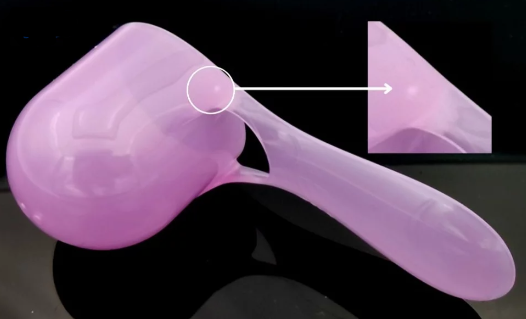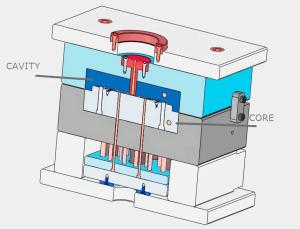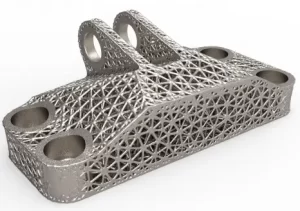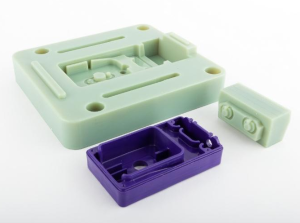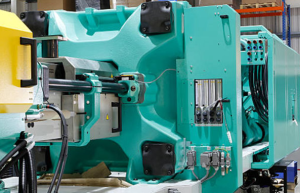Vacuum voids, also known as air pockets or gas pockets, are defects that occur within an injection-molded part. These voids are essentially empty spaces or cavities within the material where air or gas has been trapped during the molding process. They can negatively impact the structural integrity, appearance, and performance of the molded part.
Causes of Vacuum Voids

Choose us for your custom injection molding needs and experience excellence in every detail. Our China-based factory provides innovative solutions, competitive pricing, and fast turnaround times. Get your custom quote now!
- Insufficient Packing Pressure
- When the packing pressure during the injection process is too low, the molten plastic may not be properly compacted, leading to the formation of voids.
- Inadequate Venting
- Poor venting in the mold design can trap air inside the mold cavity. This trapped air forms voids as the molten plastic solidifies.
- High Melt Temperature
- If the melt temperature is too high, it can cause excessive gas generation within the material, leading to voids.
- Thick Wall Sections
- Parts with thick wall sections are more prone to voids because the material in the center of the thick section cools and shrinks more slowly than the outer layers, creating internal cavities.
- Improper Material Drying
- Moisture in the material can vaporize during the injection process, leading to gas pockets and voids.
- Rapid Cooling
- If the cooling rate is too fast, the outer layers of the part solidify quickly while the inner layers are still molten, resulting in voids.
Identification of Vacuum Voids
- Visual Inspection: Voids can sometimes be seen as small, shiny, or translucent spots on the surface of the part.
- X-ray Inspection: Non-destructive testing methods like X-rays can reveal internal voids that are not visible on the surface.
- Ultrasonic Testing: This technique can detect internal defects by sending sound waves through the part and measuring the reflected signals.
Effects of Vacuum Voids
- Reduced Mechanical Strength
- Voids compromise the structural integrity of the part, leading to reduced tensile strength, impact resistance, and overall durability.
- Aesthetic Defects
- Surface imperfections caused by voids can affect the visual appearance of the part, which is critical for consumer products.
- Dimensional Inaccuracy
- Voids can cause warping and dimensional instability, affecting the fit and function of the part.
- Potential for Failure
- Parts with voids are more likely to fail under stress or load conditions, making them unsuitable for critical applications.

As a leading mold injection manufacturer in China, we deliver superior molds for various industries. Our state-of-the-art facilities and expert team ensure top-notch quality and timely delivery. Contact us now for a competitive quote!
Prevention and Mitigation
- Optimized Packing Pressure
- Adjusting the packing pressure to ensure the mold cavity is adequately filled and compacted can help prevent voids.
- Improved Venting
- Designing molds with sufficient vents and ensuring they are clear of obstructions can help release trapped air during the molding process.
- Controlled Melt Temperature
- Maintaining the melt temperature within the recommended range for the material can reduce gas generation and void formation.
- Proper Material Drying
- Thoroughly drying the material before processing can eliminate moisture-related voids.
- Gradual Cooling
- Implementing a controlled cooling rate can ensure even solidification of the part, reducing the likelihood of voids.
- Design Considerations
- Designing parts with uniform wall thickness and avoiding excessively thick sections can minimize the risk of voids.
Conclusion
Vacuum voids in injection molding are unwanted defects that can affect the structural, aesthetic, and functional qualities of molded parts. Understanding the causes and implementing preventive measures such as optimizing packing pressure, improving mold venting, controlling melt temperature, and proper material drying can significantly reduce the occurrence of voids. By addressing these factors, manufacturers can enhance the quality and reliability of their injection-molded products
Related Conten: https://www.m-dtg.com/service/plastic-assembly-decoration/

